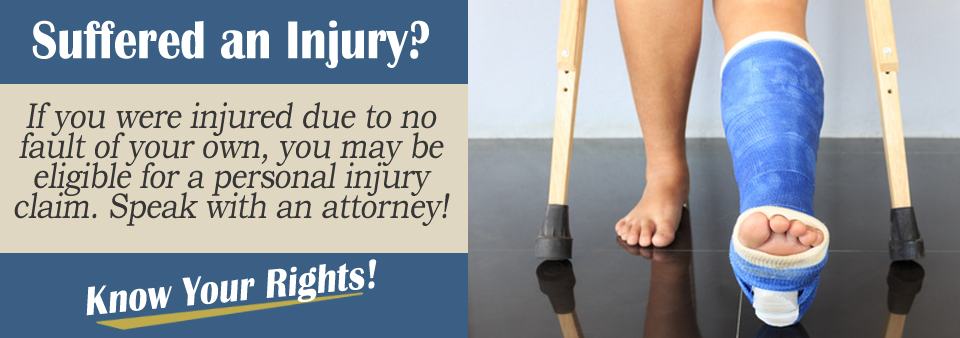If you have been involved in an auto accident and the other driver was at fault, you can pursue a personal injury claim to recoup compensation for your damages.
To have a successful personal injury claim, you must prove that the other driver acted negligently, and that negligence caused the crash and he or she is therefore liable for the damages. All four elements of negligence must be proven to have a successful claim.
Determining Liability
When you have an auto accident, you will call the police. The officer that comes out to the scene and completes the accident report will conduct a preliminary investigation and determine fault. These details should be included in the accident report.
You will then use that accident report when you file a claim with the auto insurance company. The insurance company will assign a claims adjuster. The claims adjuster will investigate as it is his or her job to determine who is at fault for the crash and who is liable for the damages.
Usually, a team of professionals will review all the evidence that has been submitted and determine fault. They will go over the accident report, witness statements, driver statements, medical records, and photos of the crash scene.
No-Doubt Liability
There are some situations that are no-doubt liability. These are crashes that are almost always the other driver’s fault. Some of these crashes are almost impossible to argue against and usually lead to a fast settlement for the other driver.
Some of the more common no-doubt liability crashes include left-turn accidents, rear-end collisions, and accidents involving drivers who are under the influence of drugs or alcohol. State laws and the definitions of negligence are used in these cases as well and can help determine fault or liability for the damages resulting from a crash.
Building a Strong Claim
All four elements of negligence must be proven. These elements include showing that the driver had a duty or a responsibility. All drivers have a duty to adhere to traffic laws and protect others from harm. Failure to do this is a breach of duty, which is the next element of negligence.
As an example, a driver is speeding and runs a stop sign, which is a breach of duty. The third element is that the breach of duty causes an accident – which is causation. The fourth element involves damages. You must prove that the damages suffered were caused by the crash that resulted because of the breach of duty.

Consult with a Personal Injury Attorney
If you have been involved in an auto accident, you should consult with a personal injury attorney. Accident injury claims are challenging, and it might be difficult to prove liability.
An attorney is experienced in handling such claims and knows how to show fault. Accident injury lawyers work on a contingency basis, so you will not have any upfront costs.
To get your case on track, complete the Free Case Evaluation Form on this page today!